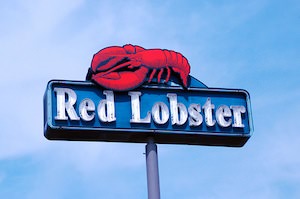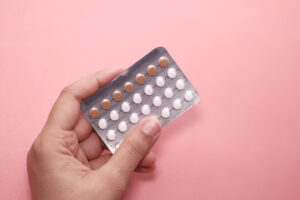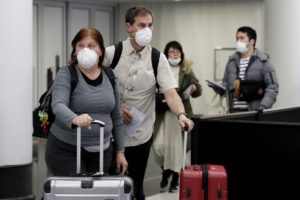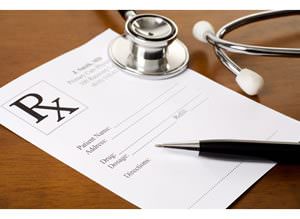The Ick in Your Shrimp
Seafood consumed in restaurants like Red Lobster is likely to be imported from foreign factory-style farms, where antibiotics, bacteria and carcinogenic drugs are found in products that often go uninspected by the Food and Drug Administration.
Seafood consumed in restaurants like Red Lobster is likely to be imported from foreign factory-style farms, where antibiotics, bacteria and carcinogenic drugs are found in products that often go uninspected by the Food and Drug Administration.
Retailers such as Walmart and restaurant chain owners assure the public of their food’s safety via Best Aquaculture Practices labels that appear on the products. But the board that oversees the group that awards that label consists of representatives of the businesses that sell the food. In 2012, the University of Victoria’s Seafood Ecology Research Group ranked the organization’s standards for farmed fish at 16 out of 20 among the industry’s aquaculture labels.
In 2011, Americans bought 4.7 billion pounds of seafood, 91 percent of which was imported. Just 2 percent of it was inspected by the FDA.
“That’s worrisome,” writes Tom Philpott at Mother Jones, “because imported seafood has a spotty track record. According to a recent study by the Centers for Disease Control and Prevention, 44 percent of the 39 foodborne-illness outbreaks caused by imports from 2005 to 2010 involved seafood—more than any other type of food.”
— Posted by Alexander Reed Kelly.
Your support matters…Mother Jones:
Like US meat farms, Asia’s shrimp operations rely heavily on antibiotics to control diseases among creatures packed tightly together, and also to make them grow faster. That creates the risk of antibiotic-resistant pathogens in the final product. In a 2012 study, FDA scientists tested 330 samples of shrimp farmed in Thailand—the No. 1 US shrimp supplier—and bought in Little Rock, Arkansas, supermarkets. Sixty-seven turned up positive for strains of the bacteria klebsiella that are resistant to a range of antibiotics—32 of them showed resistance to no fewer than eight different antibiotics. The researchers concluded that “imported shrimp is a reservoir for multidrug-resistant Klebsiella,” which can trigger urinary-tract infections and pneumonia.
And it’s not just nasty bugs that can end up in our seafood. Testifying before Congress in 2008, Don Kraemer, then-deputy director of the FDA’s Office of Food Safety, warned of “clear scientific evidence” that drug residues make it into the fish we eat. In 2011, the FDA tested just 0.1 percent of imported seafood products for drug traces. In 2008, the agency tested only 34 shrimp samples for residues of nitrofurans—a class of antibiotics banned because they’re carcinogenic. Six samples tested positive.
The FDA does inspect processing facilities in exporting countries, the most prolific of which are China, Thailand, Canada, Vietnam, Indonesia, and Ecuador. But here, too, the program is lax. According to a scathing 2011 report by the Government Accountability Office, the agency had inspected just 1.5 percent of seafood processing facilities in the previous six years in China, the source of nearly a quarter of US seafood imports. Meanwhile, in Vietnam, a Bloomberg Businessweek investigation discovered that some US-bound shrimp are stored in heaps of ice made from water teeming with bacteria. And tilapia in a growing number of China’s fish farms literally feed on pig manure—even though it contains salmonella and makes the fish vulnerable to disease.
Independent journalism is under threat and overshadowed by heavily funded mainstream media.
You can help level the playing field. Become a member.
Your tax-deductible contribution keeps us digging beneath the headlines to give you thought-provoking, investigative reporting and analysis that unearths what's really happening- without compromise.
Give today to support our courageous, independent journalists.






You need to be a supporter to comment.
There are currently no responses to this article.
Be the first to respond.